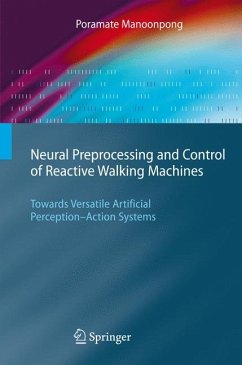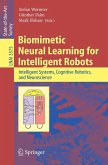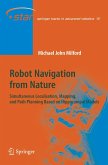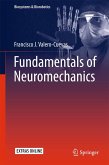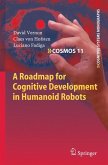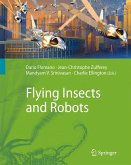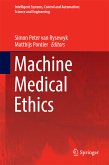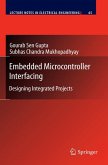The author offers an example of artificial perception-action systems and emphasizes the close relationship between biological studies, computational neuroscience and engineering. The book will be of interest to researchers, engineers and students in the fields of robotics, biologically inspired mechatronics, electronics engineering, control, and artificial intelligence.
Dieser Download kann aus rechtlichen Gründen nur mit Rechnungsadresse in A, B, BG, CY, CZ, D, DK, EW, E, FIN, F, GR, HR, H, IRL, I, LT, L, LR, M, NL, PL, P, R, S, SLO, SK ausgeliefert werden.
Hinweis: Dieser Artikel kann nur an eine deutsche Lieferadresse ausgeliefert werden.

